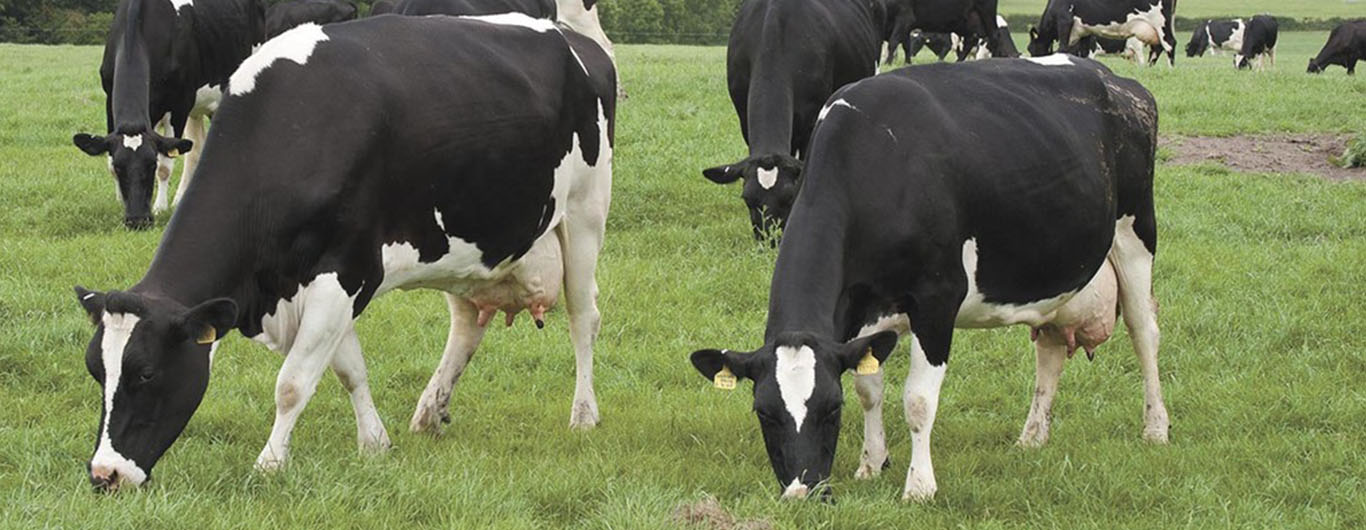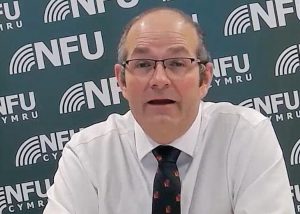
By: Ahmad Fraz Khan
Eid ul Azha provides a natural stimulus to livestock trade in the country, which not only results in massive cash transfers from the urban to the rural economy, but also generates huge economic activity within the cities.
Transporters, middlemen, fodder sellers and slaughterers make their share of profits in the run up to, and during, the three-day ritual. The quantum of trade during this one month is so colossal that it helps sustain growth of the sector, the whole year round.
The Livestock sector’s annual growth touched a healthy rate of 3.76 percent this year and livestock’s share in the agriculture economy grew to 58.92 percent.
The Federation of Pakistan Chambers of Commerce and Industry (FPCCI) made an assessment of the trade last year and maintained that the event generated $3.5 billion in 2016 — including $2.8 billion in livestock trade and $700 million in allied activities such as shopping and transportation.
According to the FPCCI, 35 percent households sacrificed around 8 million animals that year, including 4 million goats, 2.7 million cows, 800,000 lambs and 30,000 camels. Using a
conservative average price of Rs.60,000 per cow, Rs.20,000 per goat or lamb and Rs.80,000 per camel, the total cost of animals came up to $2.8 billion.
A study done by the University of Veterinary and Animal Sciences (UVAS), ‘Economic Activity in Lahore Livestock Market during Eid ul Azha in 2016’, laid out figures based upon various aspects of this festivity. The transportation of animals from villages to city markets and to individual houses costed $47 million, whereas fodder collectively costed $35 million. The study produced some beneficial empirical data. Overall sales remained 59.4% i.e. 29,077 animals were sold out of 48,876 brought to the market. Around 57% of the people preferred small animals while 34.4% preferred large ones. Goats formed 43% and cows formed 34% of sales, outnumbering all other cattle options. A major shift was witnessed towards large animals because of financial reasons.
The role of this massive transfer, according to experts, is, by and large, restricted to temporary and basic poverty alleviation rather than any permanent change in the economic status of farmers in the countryside. The impact of money is lost because of two reasons: pattern of ownership of livestock and the sheer number of farmers involved.
According to UVAS Vice Chancellor, Dr. Talat Naseer Pasha, over 88 percent of livestock farmers are landless, raising only 2-3 animals. The middle-class farmers, who are better aware, raise better stock and bring their animals themselves to the market, bypassing the middleman, by making good money and improving their lives.
A farmer from Central Punjab, Abad Khan stated that, “Though the money transfer sounds colossal, but the spread is so far and wide that it fails to make any visible impact in rural lives.”
He also maintained that a major portion of the income goes into reinvestment, which starts within a month of the sale of animals. The earlier they buy, the cheaper those smaller animals are. The profits normally go to meeting social obligations or returning loans that they had taken during the year. Thus, the role of it for a majority of farmers is limited to poverty alleviation only.
“Beyond small and middle farmers is the reality of big farmers, involved in commercial farming and animal fattening, these 3-4 per cent of the people are the main beneficiaries of the trade,” says Maqsood Jutt from Okara.
Such farmers use huge quantities of feed and silage, generating massive economic activity of their own.
Muhammad Shabir — a skin trader from the city mentioned as to how the trade has suffered from two limiting factors, the ban on export of live animals and skin and hides. This limitation has led to a massive drop in their prices. The activity of collecting hides was feeding an elaborate social network of charity, which now faces the risk of reduced business.






